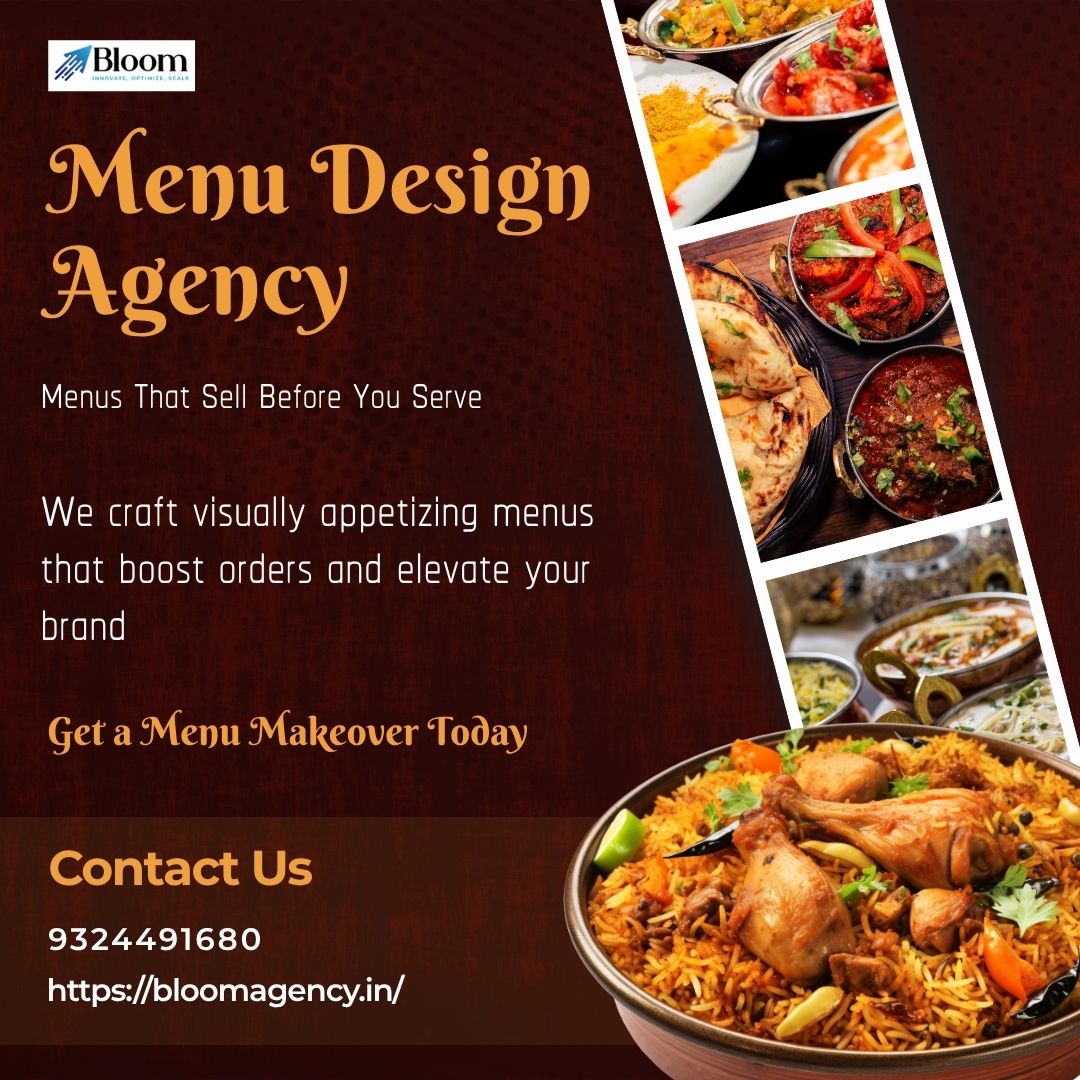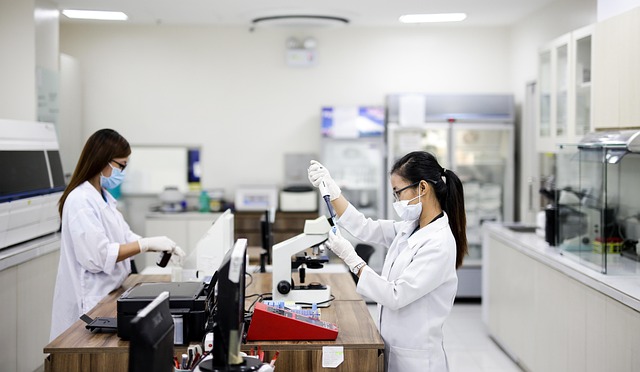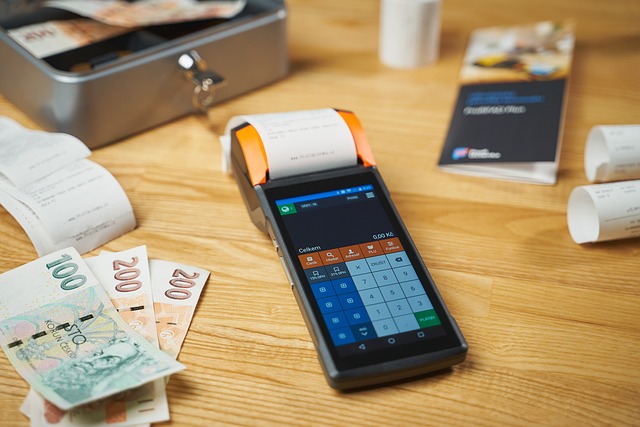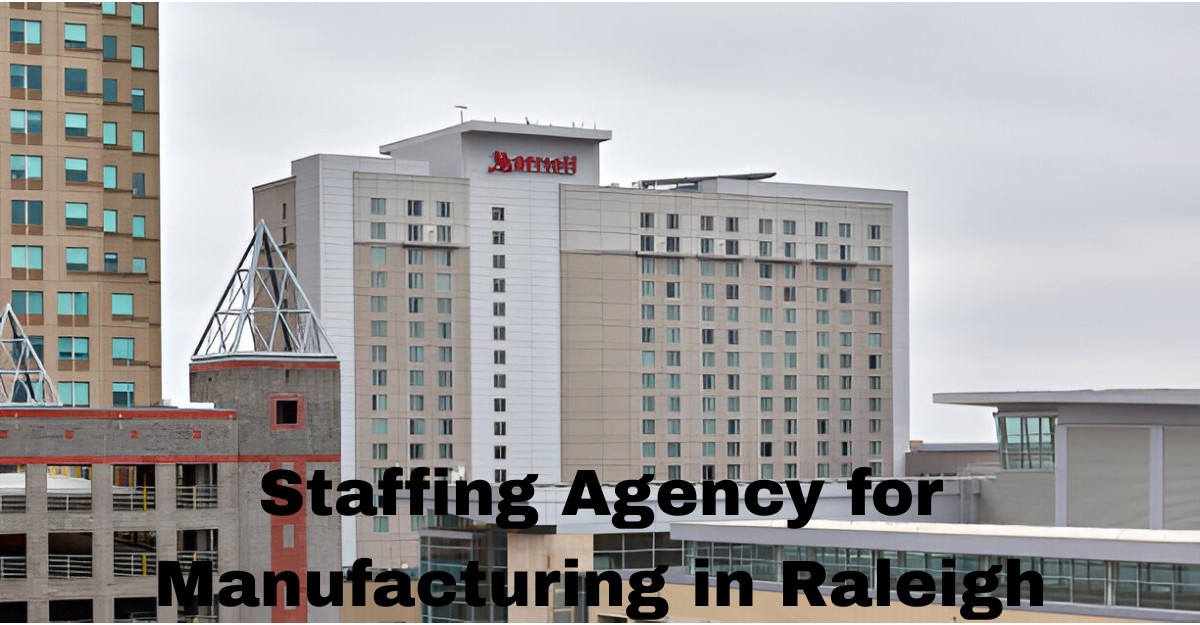Creative Menu Design: How Stunning Menus Can Transform Your Restaurant Business

Strong 8k brings an ultra-HD IPTV experience to your living room and your pocket.
In the competitive food and hospitality industry, a menu is more than just a list of dishes—it’s a powerful marketing tool. A professionally crafted Creative Menu Design not only enhances the dining experience but also drives sales, reinforces brand identity, and leaves a lasting impression on customers. Restaurants, cafes, and food businesses that invest in unique, well-designed menus often see higher customer engagement and increased revenue.
Why Creative Menu Design is Crucial
A menu is the first point of interaction between your customers and your offerings. Beyond listing food items, it communicates your brand’s style, quality, and culinary philosophy. A well-designed menu influences customer choices, encourages upselling, and enhances the overall dining experience.
Key Benefits of Creative Menu Design:
-
Enhanced Customer Experience: Intuitive layout and clear design make it easier for diners to navigate your offerings.
-
Increased Sales: Strategically designed menus can highlight high-margin items and encourage add-ons.
-
Strengthened Brand Identity: Menus that reflect your restaurant’s theme and style create a memorable impression.
-
Professional Aesthetic: A visually appealing menu conveys quality and credibility.
-
Flexible Formats: Creative designs can be adapted for printed menus, digital menus, or online ordering platforms.
By combining art and strategy, creative menu design transforms your menu into a tool that boosts both customer satisfaction and revenue.
Core Elements of an Effective Creative Menu Design
Designing a menu goes beyond aesthetics; it requires a careful balance of visual appeal, readability, and strategic placement of items.
1. Visual Appeal and Branding
Colors, typography, and imagery should align with your brand identity. For example, a fine-dining restaurant may opt for minimalist and elegant designs, while a cafe may choose bright, playful graphics.
2. Strategic Layout and Structure
Organize items logically by category, such as starters, mains, desserts, and beverages. Use headings, dividers, and spacing to guide customers’ eyes and highlight signature dishes or chef specials.
3. Typography and Readability
Fonts should be easy to read and appropriately sized. Emphasize key items with bold or decorative fonts while maintaining a clean, uncluttered look.
4. Highlighting High-Margin Items
Creative menu design uses techniques like boxes, images, or color contrasts to draw attention to profitable or signature dishes, increasing the likelihood of customer selection.
5. Imagery and Visual Elements
High-quality images of select dishes can entice customers, but overuse may clutter the menu. Use visuals strategically to complement your offerings and showcase your specialties.
6. Consistency Across Platforms
Ensure that printed menus, digital menus, and online ordering interfaces maintain a consistent design and branding. This consistency reinforces your restaurant’s identity and professionalism.
7. Seasonal and Dynamic Menus
Creative menu designs can adapt to seasonal ingredients, limited-time offers, or special events. A flexible design allows restaurants to update menus quickly without losing aesthetic appeal.
How Creative Menu Design Impacts Restaurant Growth
Investing in professional menu design has a tangible impact on business performance and customer satisfaction.
Improved Customer Engagement
A visually appealing menu captures attention and encourages diners to explore your offerings fully, enhancing the overall dining experience.
Higher Average Order Value
Strategically highlighting high-margin items, specials, or combos encourages customers to spend more per visit.
Reinforced Brand Identity
Menus that reflect your restaurant’s style and theme strengthen brand recognition and leave a lasting impression, encouraging repeat visits.
Increased Efficiency
Menus with clear categorization and layout make ordering easier for customers and staff, reducing confusion and improving service quality.
Long-Term Customer Loyalty
A memorable menu experience contributes to overall satisfaction, leading to positive reviews, referrals, and repeat business.
Emerging Trends in Creative Menu Design for 2025
To stay competitive, restaurants should embrace modern design trends and technology:
-
Digital Menus and QR Codes: Contactless menus accessible via smartphones improve hygiene and convenience.
-
Interactive and Animated Menus: Digital menus with animations, videos, or interactive elements enhance customer engagement.
-
Eco-Friendly Materials: Sustainable menu materials align with growing environmental awareness among consumers.
-
Minimalist and Clean Design: Focused layouts with ample white space improve readability and elegance.
-
Custom Illustrations and Graphics: Unique artwork adds personality and reinforces the brand story.
Incorporating these trends ensures that your menu design remains modern, appealing, and highly effective in attracting and retaining customers.
Final Thoughts
A professionally designed menu is a critical tool for driving revenue, enhancing customer experience, and establishing a strong brand identity. Creative Menu Design goes beyond listing dishes—it strategically influences customer choices, highlights signature offerings, and communicates your brand’s unique personality.
Investing in high-quality menu design ensures that your restaurant stands out in a crowded market, attracts more diners, increases average order value, and builds lasting customer loyalty. Whether you operate a cafe, fine-dining restaurant, or fast-food outlet, a creative menu is a powerful marketing tool that can transform your business in 2025.
Note: IndiBlogHub features both user-submitted and editorial content. We do not verify third-party contributions. Read our Disclaimer and Privacy Policyfor details.







